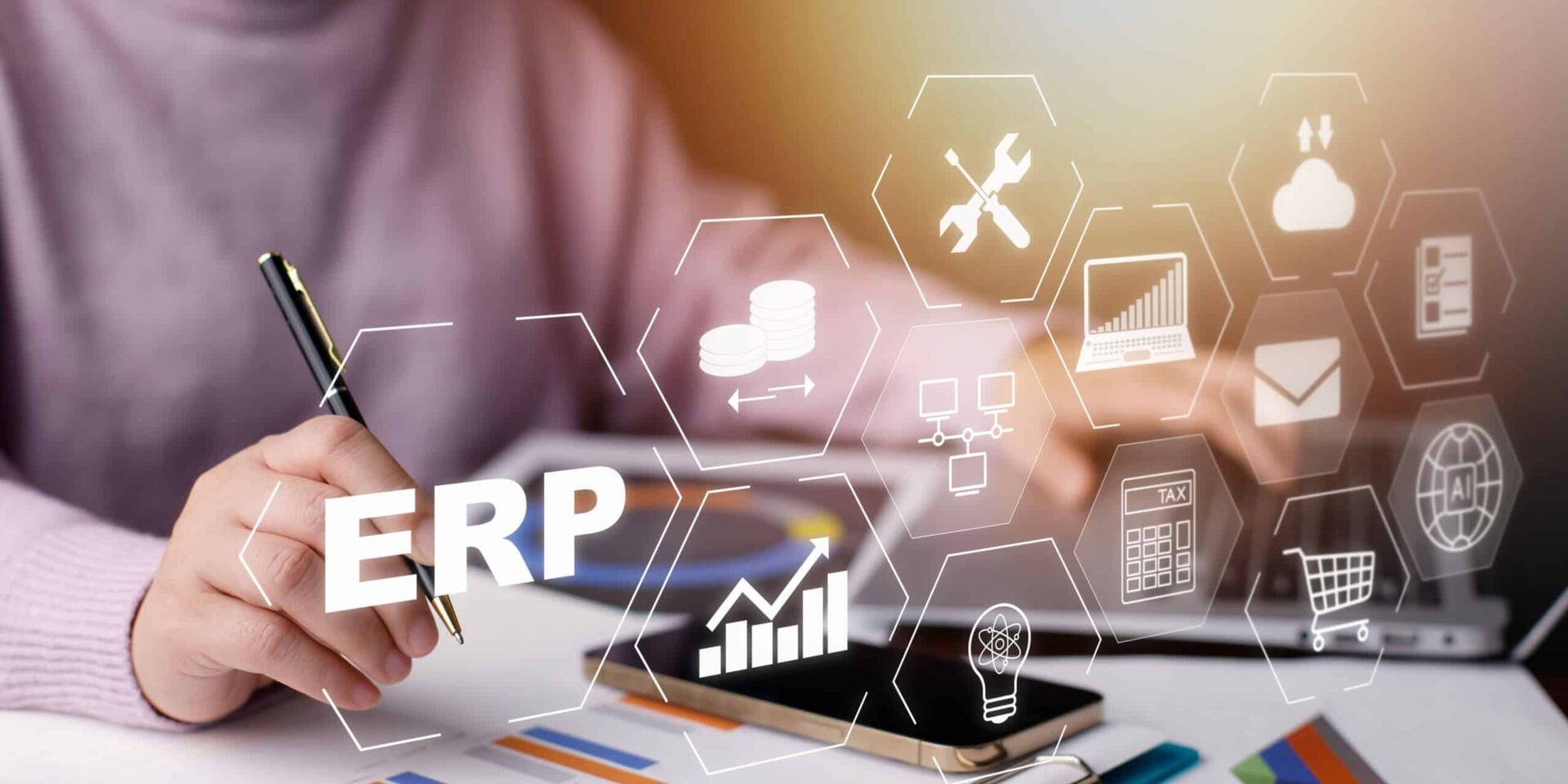A Cannabis ERP Won’t Fix Poor Business Practices. The Best Time to Fix Them? Right Now.
The classic Chinese proverb says the best time to plant a tree was twenty years ago, the next best time is now. But, planting that tree in the wrong climate, bad soil, and not giving it the proper water or light isn’t going to help it grow properly, if at all. In the spirit of analogies, let’s continue by thinking of it like this: when upgrading your house, you’d fix the foundation before the roof, right? Same goes for bringing in Cannabis ERP to your business – establish best practices and know your process before adding in new ERP technology.
In today’s fast-paced business world, efficiency is everything. While many will look to ERP’s as the pinnacle of efficiency, they are an essential tool but not a magic fix. Let’s dive into why it’s essential to establish strong business practices now to get the most out of your ERP.
Build A Strong Foundation
Just like a sturdy foundation is essential for a stable building, having robust business practices is the foundation of a successful ERP implementation. If your existing habits involve inefficiencies, inaccuracies, or poor communication, introducing a cannabis ERP system without addressing these issues is like building a skyscraper on quicksand. By fixing these habits beforehand, you ensure a strong foundation for your ERP project to flourish.
Data Accuracy and Integrity: Garbage In, Garbage Out
Imagine handing a powerful microscope to a lab technician with shaky hands – just as shaky data feeding an ERP system will only amplify existing errors and inconsistencies. Like putting a fresh coat of paint on a crumbling house, implementing a new ERP without addressing poor data quality is setting it up for failure. Just as fundamental to an ERP system’s success as its functionality is the cleanliness and accuracy of the information it ingests. Contaminated data guarantees contaminated output, rendering the promised benefits of an ERP system out of reach. So, before your shiny new system arrives, clean house – prioritize data hygiene and ensure your ERP foundation is rock-solid with reliable, accurate information.
Redefine Misaligned Processes
Cannabis ERP software is designed to streamline and optimize business processes. However, if your current processes are convoluted, manual, or outdated, implementing an ERP will only automate the chaos. It’s wiser to reevaluate and revamp your processes first. This way, you’re not just automating inefficiency; you’re setting up your cannabis ERP system to maximize its potential.
Don’t Resist, Embrace Change
Implementing a new cannabis ERP system often requires significant changes in how employees work. Resistance to change is a common challenge in such situations. If an organization’s culture and workforce are not prepared for these changes, the ERP system’s potential benefits will be limited. Employee training, communication, and change management strategies are essential to mitigate resistance and ensure successful ERP implementation.
Secure Executive Leadership and Ownership
Successful cannabis ERP implementations require strong executive leadership and ownership of the project. Without the commitment of top management to drive the change, allocate resources, and make critical decisions, an ERP project can easily derail. A new ERP system alone cannot compensate for a lack of leadership and accountability within the organization.
Minimalism vs. Customization Overload
While ERP systems offer a wide range of features and functionalities, some organizations fall into the trap of excessive customization instead of trying to fix the root cause of the problem. Customizing the ERP system too extensively can lead to increased complexity, higher costs, and longer implementation times. It’s crucial to strike a balance between tailoring the ERP system to specific business needs and sticking to standard best practices to avoid creating a system that is overly complex and difficult to maintain.
The Ultimate Reward: Cost Savings
Fixing poor habits before implementing cannabis ERP software can save you a bundle in the long run. Correcting inefficiencies, improving data accuracy, and streamlining processes can lead to cost savings that far outweigh the initial investment in habit adjustments. It’s a bit like fixing those leaky faucets before the bathroom renovation – it’s an investment that pays off.
While a new Enterprise Resource Planning system can offer significant advantages for organizations, it cannot fix poor business practices on its own. Before jumping headfirst into an ERP implementation, take a step back and assess your organization’s habits, processes, and culture. ERP implementation should be viewed as an opportunity to drive positive change within the organization, but it requires careful planning, preparation, and a commitment to addressing fundamental business challenges. By addressing and solidifying your business processes alongside your ERP implementation you’re ensuring it has the best possible environment to thrive and deliver transformative results.




